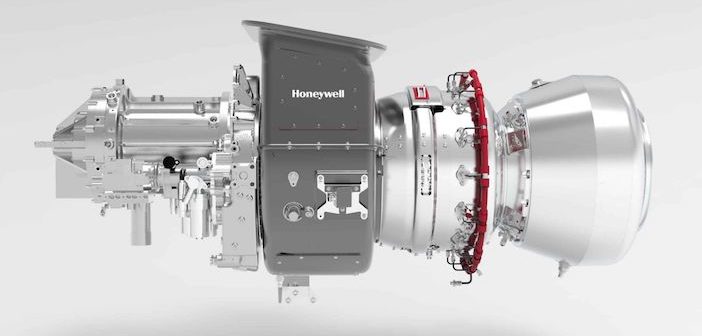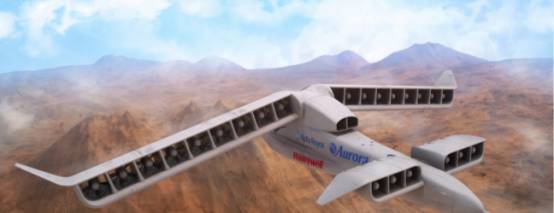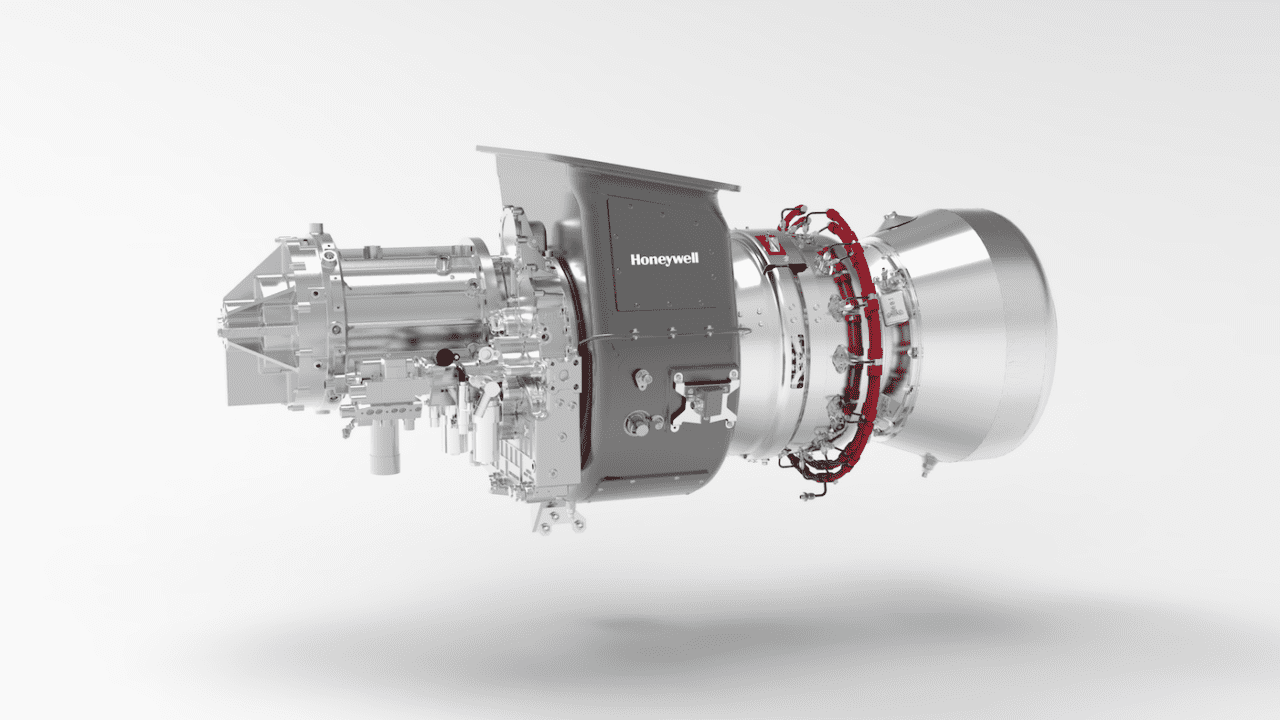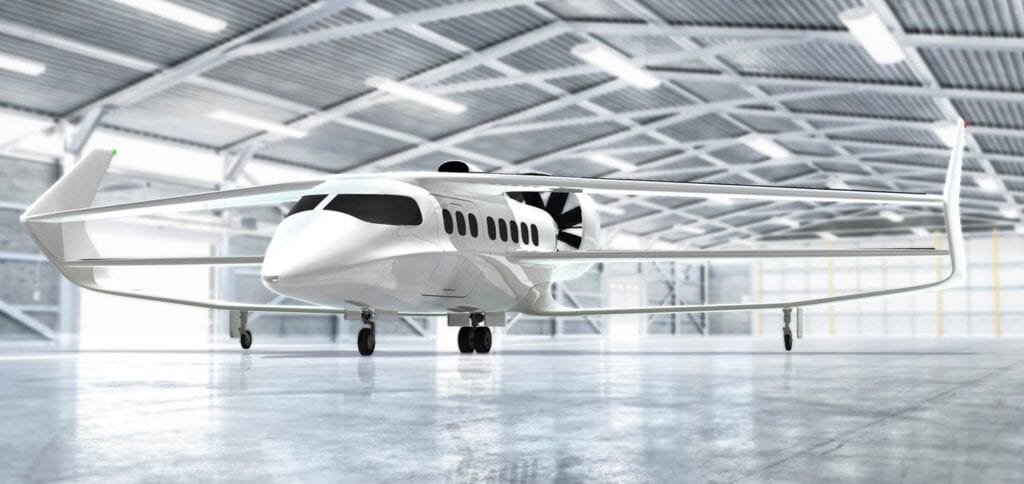
霍尼韦尔(Honeywell)正在开发一种适用于混合动力飞机的1MW发电机,其功率比2019年开发的先前版本强大两倍半,并将于今年晚些时候进行演示。
涡轮发电机是霍尼韦尔1兆瓦发电机和HGT1700辅助动力装置的组合,目前已在每架空中客车A350 XWB上飞行。280磅(127千克)的 动力单元将能够使用生物燃料,喷气燃料和柴油运行,旨在为重型货运无人机,空中出租车和通勤飞机中的大功率电动机或电池供电。

霍尼韦尔的1MW涡轮发电机已设计用于分布式电力推进系统(图片:霍尼韦尔
霍尼韦尔表示,新的涡轮发电机系统的首次演示将在今年9月进行,随后还将进行资格鉴定。
霍尼韦尔航空航天公司负责无人机系统和城市空中交通的副总裁兼总经理Stephane Fymat表示:“随着城市空中交通部门的形成和无人机的投入使用,对电力和混合电力的内在需求。我们的涡轮发电机为这些新兴市场提供安全,轻便的包装,我们正在设计解决方案,以满足开发未来飞机的客户的独特需求。”
霍尼韦尔认为涡轮发电机的发展是对飞机设计(例如eVTOL)中使用分布式电力推进技术的一种回应。在这样的设计中,飞机周围的多个电动机与风扇一起使用以进行起飞,然后关闭或倾斜以进行水平飞行。
霍尼韦尔航空航天公司动力系统业务发展高级总监泰勒·阿尔伯施塔特(Taylor Alberstadt)表示:“我们在制造辅助动力装置和大型燃气轮机方面无与伦比的遗产使我们能够为未来的车辆创建动力系统。我们认为,航空业的未来将包括许多新型的推进系统和动力系统,我们准备在其发展中遥遥领先。”
去年12月,霍尼韦尔(Honeywell)与英国初创公司Faradair Aerospace签署了一项谅解备忘录,以合作开发系统和涡轮发电机组,该机组将使用可持续的航空燃料为Faradair的生物电混合飞机(BEHA)供电。Faradair计划到2030年交付300辆混合动力BEHA,其中150辆将处于消防状态。霍尼韦尔正在与其他数个潜在的涡轮发电机客户进行深入讨论,以根据各种制造商的任务要求帮助确定功率要求。
霍尼韦尔在2019年亚特兰大举行的HAI HELI-EXPO上推出了其首款用于城市空中机动性(UAM)的涡轮发电机。它结合了霍尼韦尔(中国)的HTS900涡轮轴发动机和两台200千瓦发电机。
Honeywell is developing a 1MW generator suitable for use in hybrid-electric aircraft that is two and a half times more powerful than the previous version developed in 2019 that will be demonstrated later this year.
The turbogenerator is a combination of a Honeywell 1MW generator and HGT1700 auxiliary power unit, which is currently flown on every Airbus A350 XWB. The 280 lbs (127kg) power unit will be able to run on biofuel, jet fuel and diesel and is designed to provide power to high-power electric motors or batteries in heavy-lift cargo drones, air taxis and commuter aircraft.

Honeywell's 1MW Turbogenerator has been designed for use in distributed electric propulsion systems (image: Honeywell)
Honeywell said the first demonstration of the new turbogenerator system will occur by September this year, with qualification to follow.
Stephane Fymat, vice president and general manager for unmanned aerial systems and urban air mobility at Honeywell Aerospace said, “There is an inherent need for electric and hybrid-electric power as the urban air mobility segment takes shape and unmanned aerial vehicles enter service. Our turbogenerators provide a safe, lightweight package to serve these burgeoning segments, and we’re designing our solutions to meet the unique needs of customers developing aerial vehicles of the future.”
Honeywell sees the development of the turbogenerator as a response to the increased use of distributed electric propulsion in aircraft designs such as eVTOLs. In such designs multiple electric motors around an aircraft are used with fans for take-off and then either switched off or tilted for horizontal flight.
Taylor Alberstadt, senior director of Power Systems Business Development at Honeywell Aerospace said, “Our unrivaled legacy in the manufacturing of auxiliary power units and larger gas turbine engines gives us the ability to create power systems for future vehicles. We think the future of aviation will include many new types of propulsion and power systems, and we are prepared to lead the way in their development.”
In December, Honeywell signed a memorandum of understanding with British startup Faradair Aerospace to collaborate on systems and a turbogeneration unit that will run on sustainable aviation fuel to power Faradair’s Bio Electric Hybrid Aircraft (BEHA). Faradair intends to deliver 300 hybrid-electric BEHAs into service by 2030, of which 150 will be in a firefighting configuration. Honeywell is in advanced discussions with several other potential turbogenerator customers, working to help define power requirements based on mission profiles required by various manufacturers.
Honeywell unveiled its first turbogenerator for urban air mobility (UAM) at the 2019 HAI HELI-EXPO in Atlanta. It combined Honeywell’s HTS900 turboshaft engine with two 200-kilowatt generators.

极光公司的XV-24A垂直起降飞行器概念。

这款原本为XV-24A设计的发电机的效率高达98%,而传统的机载发电机的效率只有92%,而且新款兆瓦级发电机的功率密度是现有同级别发电机的五倍,可实现电推进所需的高功率密度需求。
此前霍尼韦尔在推出HTS900平台的400kW级混合动力平台后市场反映较为冷淡,因此后来霍尼韦尔在HTS900平台的基础上采用了更大的动力源(宽体机的APU),并与日本电装(Denso)公司进行合作。这反映出未来UAM或短途货运市场将有更高的电力需求。
NASA的兆瓦级混合动力尝试

NASA的EPFD项目概念,该项目也需要兆瓦级的发电能力。
不能为空
不能为空
